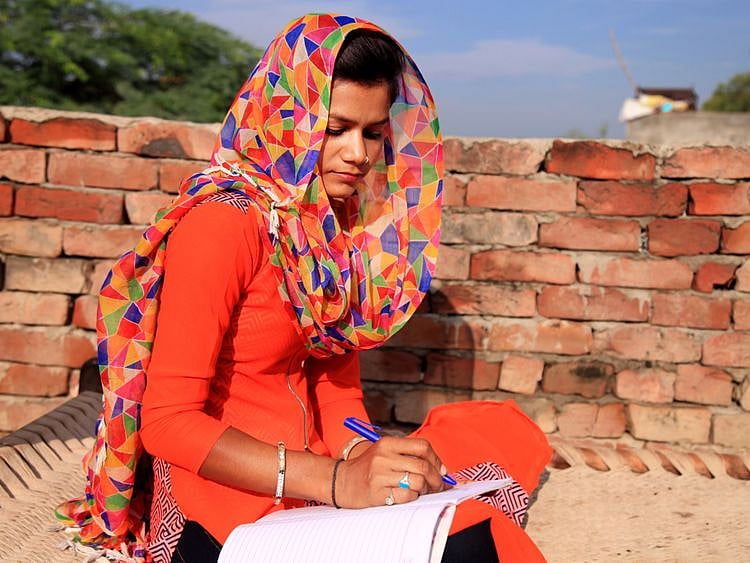How can men decide women’s clothing?
Ubiquitous garment that is the last word in comfort should not be given up by women

I was amused to read about a fine being imposed on women in a village in Andhra Pradesh if they were seen wearing nighties during the day. These nighties are normally loose gowns worn at home by women all over India as they are comfortable and do not hamper movement. They are anything but seductive in appearance and unlikely to titillate.
However, since they are so comfortable, you don’t feel like changing into more restrictive apparel. It is quite common to see women walking on the street wearing this but with a dupatta or stole modestly draped across the chest. One steps out in this informal clothing usually early in the morning to buy milk or bread at a grocery close by.
The women in the village mentioned above are banned from wearing this attire outside the home between 7am and 7pm, with the committee of elders imposing a hefty fine of Rs2,000 (Dh107) for violation of this dress code.
I wonder if it’s all right to go out after the 7pm deadline wearing a nighty. Or is it presumed that women do not venture out after dark?
Not only is there a fine for not obeying the diktat of the elders but women who snitch on others flouting this draconian rule will be rewarded with cash.
A visit to this village by journalists brought to light another disturbing fact. The women spoken to said they had been threatened with social boycott if they didn’t toe the line.
Why only women?
Reading articles like this makes one aware of how deeply entrenched patriarchy is in our society. Men make the rules for women, telling them how to behave and what to wear. If walking out of the house wearing clothes that are considered appropriate only for home wear is taboo, then men should be subjected to the same scrutiny.
Why is it acceptable for men to step out of the home wearing a lungi (a kind of sarong) rolled up to above the knees? I know their argument will be that the garment is worn this way due to the heat and humidity.
Don’t women feel the heat and humidity? We don’t see them rolling up their nighties or even the more cumbersome sari, do we?
When we reach home, the first thing we all do is change into something more comfortable. Women find it a relief to step into an all-enveloping kaftan or gown, whose loose folds allow one to move without restriction.
There are no bits that chafe the skin or come in the way as one goes about tackling chores such as cooking or cleaning. Even if there is an unexpected visitor, one can go to the door wearing this as it is perfectly acceptable as clothing goes. The more modest woman might even wear a petticoat under this garment, which is anything but transparent. No one can call this mode of dress seductive.
Last word in comfort
This ubiquitous garment is the last word in comfort and no woman should be shamed into giving it up merely to pander to the sensibilities of those with double standards.
What surprises me is the fact that it is not just women in cities or towns who wear these nighties. The ‘movement’ has spread far and wide, perhaps helped along by the reach of TV.
In days of yore, many women wore saris throughout the day and slept wearing the same six yards of material.
The other day my maid asked me to buy her this home wear. She said it looked so comfortable. So, the movement is gaining momentum and there’s no way men can skirt the issue.
Vanaja Rao is a freelance writer based in Hyderabad, India.
Sign up for the Daily Briefing
Get the latest news and updates straight to your inbox
Network Links
GN StoreDownload our app
© Al Nisr Publishing LLC 2025. All rights reserved.